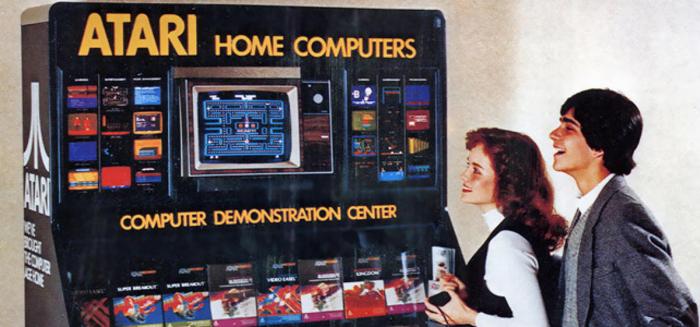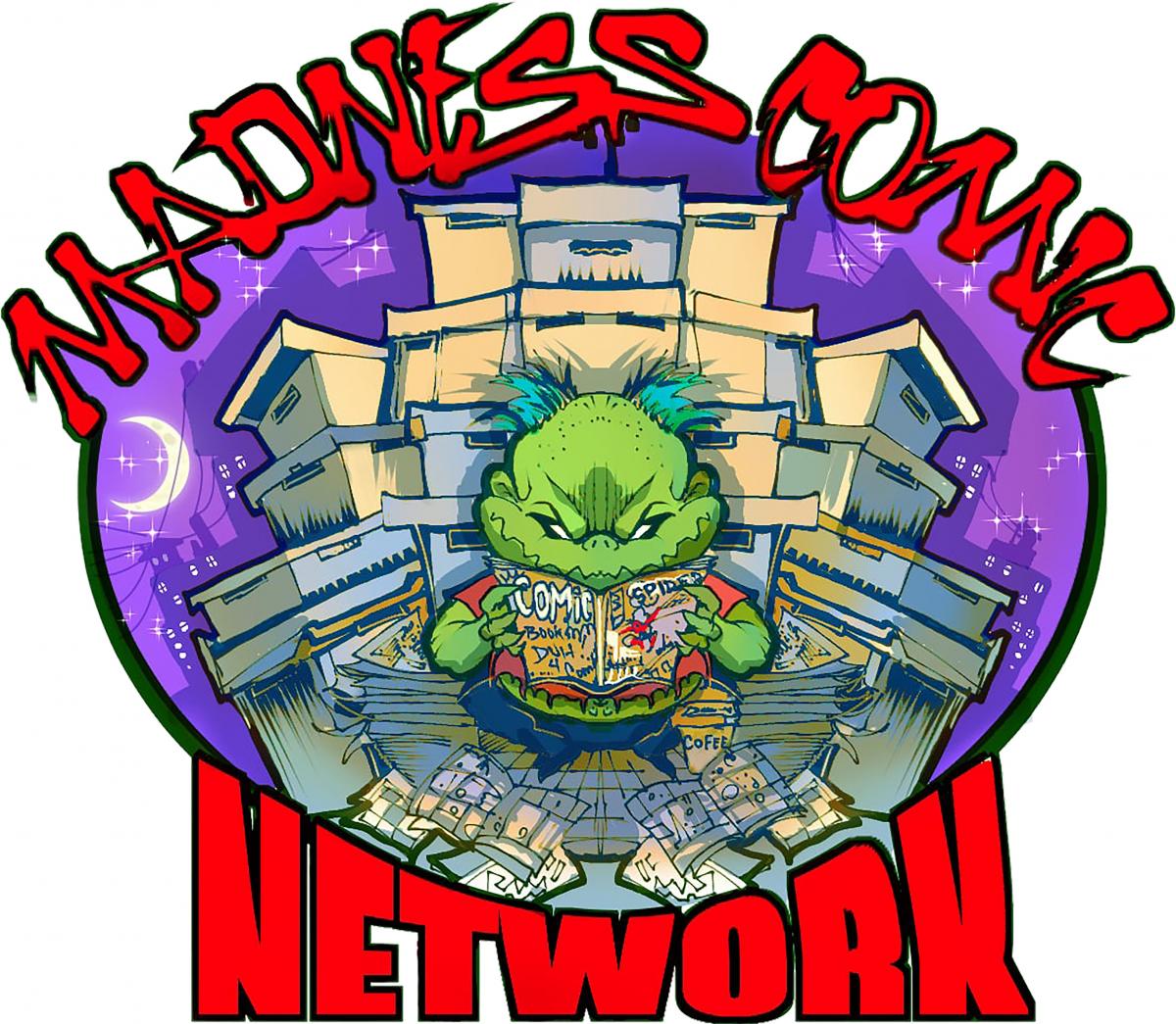Atari’s Contribution to Gaming
FTC Statement: Reviewers are frequently provided by the publisher/production company with a copy of the material being reviewed.The opinions published are solely those of the respective reviewers and may not reflect the opinions of CriticalBlast.com or its management.
As an Amazon Associate, we earn from qualifying purchases. (This is a legal requirement, as apparently some sites advertise for Amazon for free. Yes, that's sarcasm.)

It may be difficult for the gamers of today’s generation to believe that Atari used to be a household name. The company was founded by Nolan Bushnell and Ted Dabney and developed some of the most popular games of all times, Pong, Asteroids and Centipede. Atari played a big part in the console gaming development during the 1970s and 1980s when it created the Atari 2600. Atari also played a big part in home computers when it developed the Atari ST. In 1983 the video game crash affected Atari and with the popularity of Nintendo increasing Atari struggled to stay afloat.
The Early Days
Atari made an important contribution to the arcade market with Pong, and with the release of Atari 2600 in 1977 the video gaming industry really took off. The games were a little simplistic and gamers soon wanted something more. Atari then began developing more sophisticated hardware and gamers soon returned. In 1979 Atari had sold a million consoles and Space Invaders made Atari a booming business together with PacMan and Pitfall.
Atari was responsible for the rise in home video gaming, but some also blamed Atari for the crash because of the way they saturated the market and a poor reception to many of their popular game releases. When Nintendo entered the market more pressure was put on Atari and in response to this Atari released Atari 7800 in 1986. This machine was much better than the earlier versions and had the ability to play 2600 games and was the first console that supported backwards compatibility without the need for an add-on. Even though their sales were not as good as NES, the 7800 proved to be profitable.
The Growth of Atari
Atari then developed the Atari XEGS that could be utilised as a gaming system or a basic home computer. Unfortunately the XEGS did not do well and the company rather concentrated on home computing and launched the Atari ST in 1985, which was a 16 bit PC and was thought of as a competitor for the Apple Mac and Commodore Amiga. Many musicians supported the ST as it had a built in MDI support and was used by the business sector as it had CAD and desktop publishing abilities.
The Atari Lynx was Atari’s next release and was a handheld LCD gaming device. It had high quality graphics like the games you’d find at River Belle casino and should have been superior to the Nintendo GameBoy. There was however a snag as Atari could only manufacture a certain amount of stock for the Christmas season which gave GameBoy the advantage and Atari lost significant market share and because it was cheaper and had a better battery life the Game Boy took over in sales revenue.
The Bumps in the Road
Atari tried unsuccessfully to sue Nintendo for having an illegal monopoly of the market after which they decided to do battle in the gaming marketplace and developed the world’s first 64-bit gaming console, Atari Jaguar. Even though the Jaguar had a superior chipset and had a good list of games it unfortunately could not compete with fifth generation machines that emerged. The jaguar was discontinued 3 years later, but still has many followers who are loyal to the brand. Atari changed hands many times and has struggled financially in recent years and have had to file for bankruptcy.
Atari in the US is looking out for an investor and hopefully Atari will once again become a popular household name.


